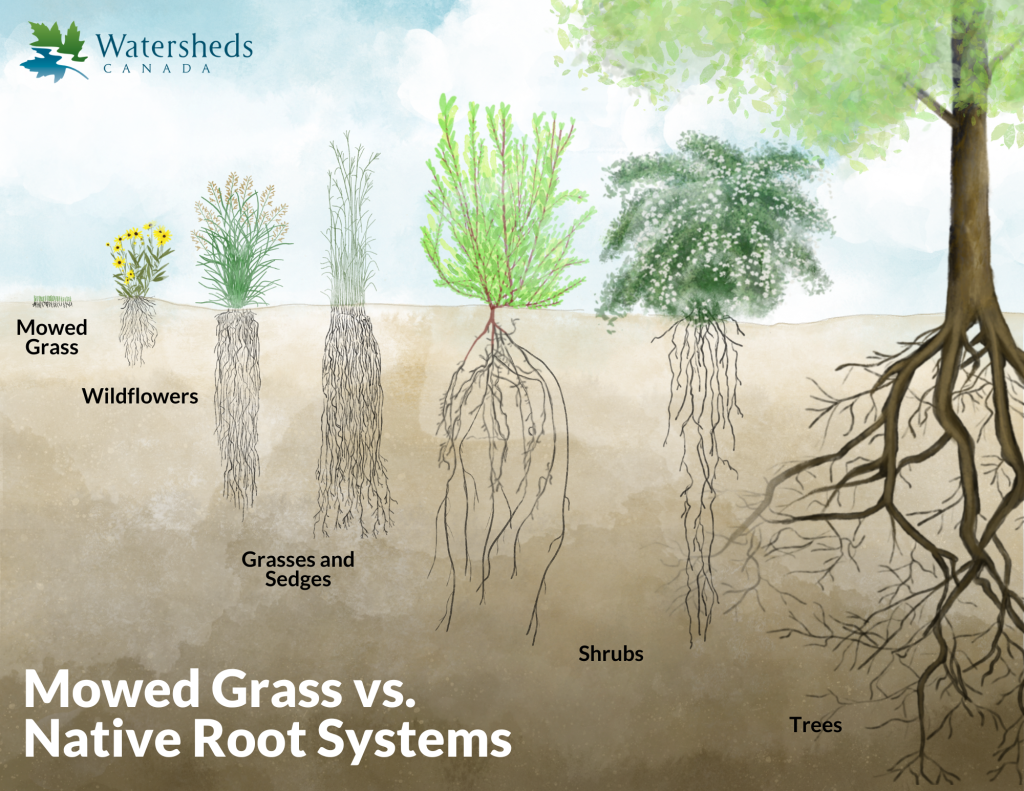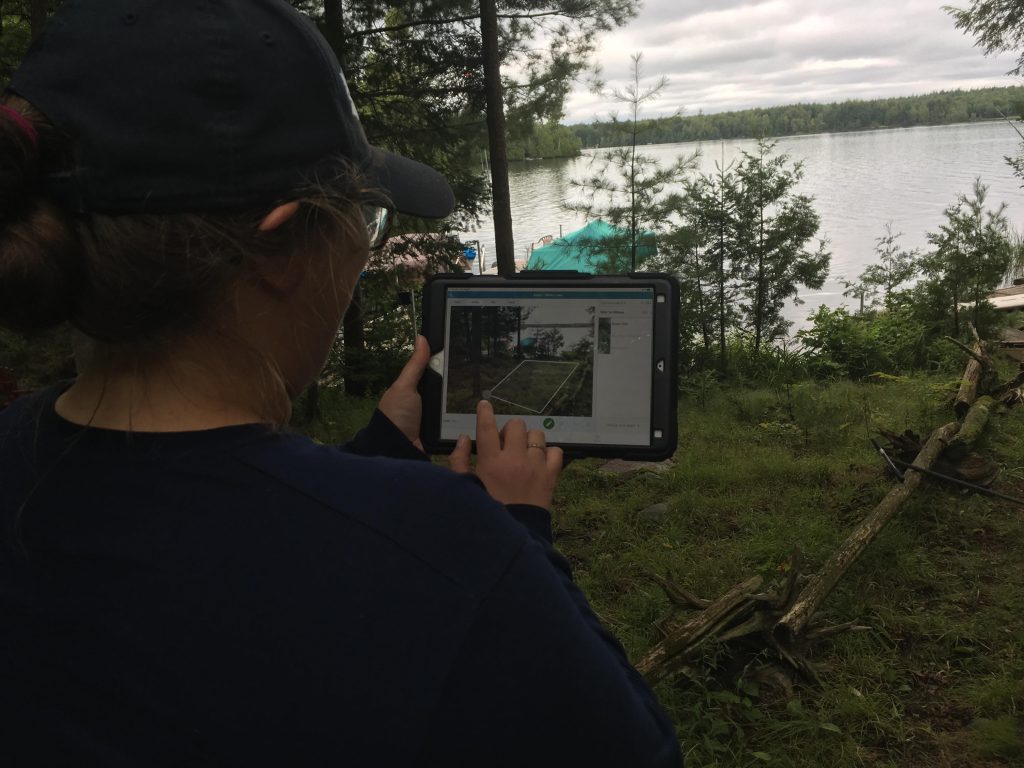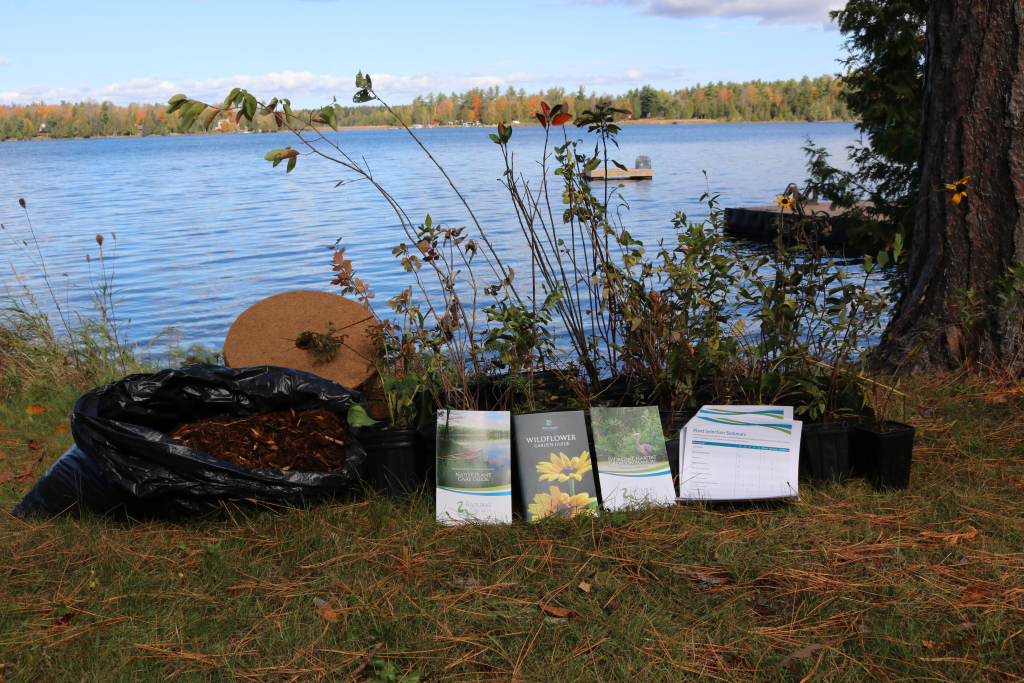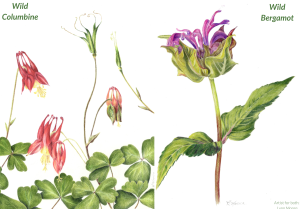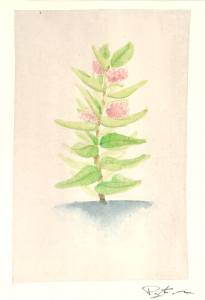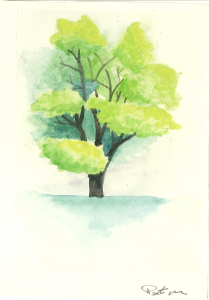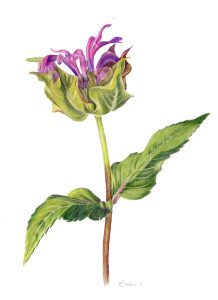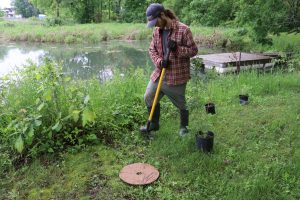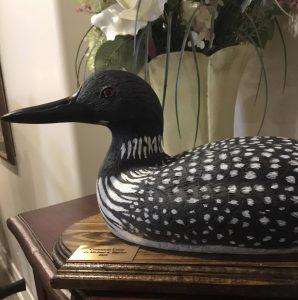As the interface between land and bodies of water, shorelines are essential for both humans and wildlife and must be protected against erosion and flooding. Historical means of shoreline protection consisted of hardened structures such as retaining walls made of concrete, steel, armour stone, gabion baskets, or wood. However, this shoreline armouring can have severe ecological and economic impacts with few short-term benefits. Recent studies evaluating the effectiveness of “soft” shorelines have indicated their use as a sustainable alternative to hardened shorelines. Through a combination of science and art, you can soften your shoreline by enhancing its natural features to create a beautiful shoreline buffer consisting of native vegetation. In addition to shoreline stabilization, natural shorelines restore or enhance critical ecological functions including wildlife habitat, sediment and nutrient filtering, and wave energy reduction (Mitchell & Bilkovic, 2019).
Soft shorelines strive for long-term stability with erosion and flooding control and the capacity to adapt in response to changing external conditions (Priest, 2017). To maintain ecological functioning, hydrological regimes of soft shorelines should be similar to those of naturally occurring shorelines in timing and magnitude of water-level fluctuations (Strayer & Findlay, 2010). Embracing the dynamic characteristics of natural shoreline processes will increase soft shoreline resilience to the impacts of climate change (Mitchell & Bilkovic, 2019). To improve longevity under water level rises, soft shorelines should minimize wave energy to promote shoreline stabilization, maximize the potential for upland retreat, and maximize the production and accumulation of sediments needed for accretion (vertical growth) through natural feedback loops (Mitchell & Bilkovic, 2019).
Before beginning any shoreline project, evaluate its potential ecological impacts on natural resources such as endangered species, vegetation, and critical fish habitat and spawning areas (Priest, 2017). Consider the biological, physical, and geological parameters of your site, including infrastructure proximity, sediment type, and erosion rate, to determine which softening techniques are most applicable to your shoreline (Priest, 2017). Maintain low gradients that are similar to the natural shoreline slope to ensure habitats are not lost, lake-derived wrack is deposited and retained, and wave energy is dissipated (Strayer & Findlay, 2010).
Structures rough in topography support higher biodiversity, habitat connectivity, and biogeochemical function than completely smooth structures like retaining walls (Strayer & Findlay, 2010). If your shoreline has a retaining wall in good condition, consider planting deep-rooted vegetation along the top and landside of the wall to filter runoff and reduce erosion (Canadian Wildlife Federation [CWF] & Watersheds Canada [WC], 2022). You can also place an angular rock at a 45-degree angle in front of the wall to absorb wave energy and build ‘shore ladders’ to facilitate wildlife crossing by placing angular rocks from the lakebed to the top of the wall (CWF & WC, 2022). Moreover, permanent docks remain in place year-round and disturb habitat and water flow while environmentally friendly docks can be removed during winter and cause minimal disturbance to fish and shoreline habitat (CWF & WC, 2022). Environmentally friendly dock options include pipe/post, cantilever, and floating.
An ideal shoreline buffer is a strip of native wildflowers, trees, shrubs, and grasses at least 30 metres wide that extends from the waterline upland to protect the water from both natural and human-induced impacts (CWF & WC, 2022). If your property has a manicured lawn to the water’s edge, try leaving a 10-15 metre (or more!) strip of shoreline un-mowed to allow for natural regeneration of native vegetation (Natural Edge, 2022). Planting deep-rooted vegetation, like trees and shrubs, will bind and stabilize the soil along your shoreline, reducing property loss caused by erosion (Natural Edge, 2020). Using their extensive root systems, trees and shrubs will also act as barriers to reduce surface runoff, slow floodwaters, and filter pollutants and excess nutrients (Natural Edge, 2022). Planting native shrubs that produce berries and flowers will provide birds, pollinators, and small mammals with shelter and a year-round food source (Natural Edge, 2020).
Consider your preferences, goals of the planting, and site conditions, including soil type, moisture levels, and sunlight availability, when choosing plants for your shoreline property (Natural Edge, 2020). Planting native species requires less maintenance because they do not need fertilizer or pesticides, reproduce on their own, and are suited to local conditions (Natural Edge, 2020). Varying the species and ages of plants increases the biodiversity on your property and minimizes the risk of disease (CWF & WC, 2022). Plant a combination of wildflowers, trees, shrubs, and grasses for more benefits to wildlife and your property (Natural Edge, 2020).
To help avoid erosion caused by foot traffic on sensitive slopes, consider defining your pathway to the water (CWF & WC, 2022). Ideally, your defined pathway should follow the contours of the slope in an “S” curve pattern to slow runoff and erosion (Natural Edge, 2022). Rather than using hardened or paved surfaces, cover the pathway in permeable materials such as wood chips, mulch, gravel, or pine needles to prevent soil from washing away and to allow water to soak into the ground more easily (Natural Edge, 2022). For steeper slopes, install a raised wooden staircase without backs and with one-inch gaps between the boards to allow rainwater and sunlight to reach the ground below the stairs to promote plant growth (CWF & WC, 2022). When stairs are built into the ground and made of hardened materials like concrete or stone, rainwater runoff can concentrate along the sides of the stairs and cause erosion (Natural Edge, 2022). If you have an existing staircase with this problem, plant native vegetation at the sides of your stairs so the roots can hold the soil in place (Natural Edge, 2022).
Consider leaving fallen trees, logs, and branches on your shoreline to absorb wave energy and protect against erosion (Natural Edge, 2022). Woody debris and overhanging vegetation provide cover, shade, food sources like insects, and other crucial habitat features for fish, frogs, turtles, and other wildlife (CWF & WC, 2022). Leave dead standing cavity trees as many birds and mammals depend on the holes in the trunk or main branches for feeding, roosting, nesting, rearing young, storing food, hibernating, and escaping predators (CWF & WC, 2022). Brush piles constructed using the cut waste materials from trail clearing, pruning, or woodlot management can also create habitat for mammals and birds (Natural Edge, 2020). Additionally, leave aquatic vegetation in place to buffer wave action and stabilize sediments, preventing erosion and improving water quality (Natural Edge, 2022). Removal of vegetation eliminates key habitat features for aquatic life and makes the area available for invasive species which can outcompete native species and are more challenging to manage (Natural Edge, 2020). To access your lake, try clearing a small area through the existing vegetation to reach deep water and leave the rest untouched (Natural Edge, 2020).
The more shoreline softening techniques you employ (and the larger the buffer!) the better, but every action helps! Whether you allow your shoreline to naturally regenerate or accelerate the process with native plantings, you are contributing to the health and beauty of Canada’s freshwater systems!
References
Canadian Wildlife Federation & Watersheds Canada (2022). Sample shoreline property report. Love Your Lake.
Mitchell, M., & Bilkovic, D. M. (2019). Embracing dynamic design for climate‐resilient living shorelines. Journal of Applied Ecology, 56(5), 1099–1105. https://doi.org/10.1111/1365-2664.13371
Natural Edge (2020). Shoreline habitat creation manual. Watersheds Canada. https://watersheds.ca/habitat-creation-manual-download/
Natural Edge (2022). Guide to building resilient shorelines. Watersheds Canada. https://watersheds.ca/download-building-resilient-shorelines-guide/
Priest, W. I. (2017). Practical Living Shorelines. In D. M. Bilkovic, M. M. Mitchell, M. K. La Peyre, & J. D. Toft (Eds.), Living shorelines: The science and management of nature-based coastal protection (1st ed., pp. 185–210). CRC Press. https://doi.org/10.1201/9781315151465
Strayer, D. L., & Findlay, S. E. G. (2010). Ecology of freshwater shore zones. Aquatic Sciences, 72, 127–163. https://doi.org/10.1007/s00027-010-0128-9
This blog is part of a five-part series generously funded under the Great Lakes Protection Initiative – Areas of Concern (AOC) Program by Environment and Climate Change Canada. This three-year project will support important shoreline restoration in the St. Lawrence River AOC through the Natural Edge Program, and is being delivered by Watersheds Canada, Mohawk Council of Akwesasne, River Institute, Great River Network, and Raisin Region Conservation Authority.
